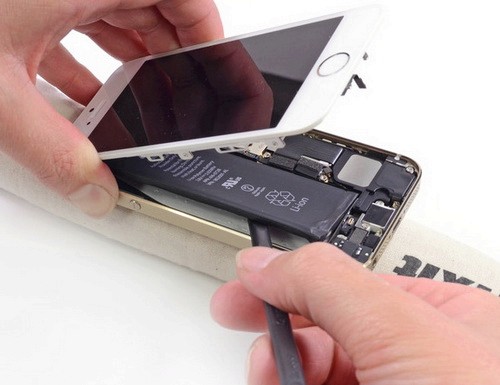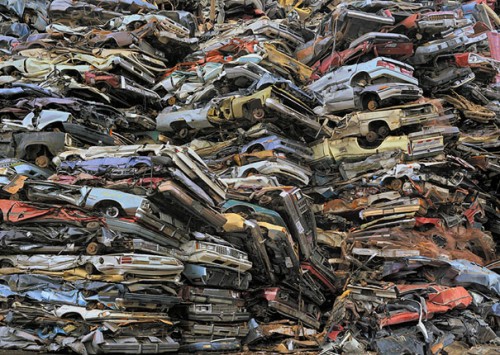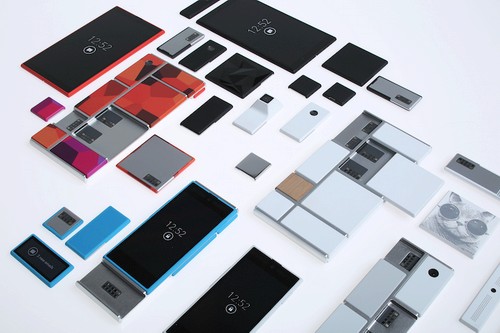Planned Obsolescence – a Purposefully Implemented Strategy
Mục Lục
Do you know that in the United States there is an incandescent lamp called Centennial Light which was manufactured in the late 1890s and so far still works? Do you find the paradox that the Nokia 3310 phone legendary after a decade still function welll while your new tens-of-millions smartphone breaks down after 2 or 3 years? Are you sure the new car you just buy will live longer than the 50 cubic centimeter Honda cub that your grandpa is using? Every time we buy something, we want it to be durable, to be good and to be used as long as possible. The problem is that if you buy something which is more durable and better, then the possibility of buying a new replacement will decrease and that is not good for the profit of the manufacturer. At this beginning time of the year, let’s discuss a little bit about the planned obsolescence.
What is the Planned Obsolescence?
Planned obsolescence (or built-in obsolescence) is a strategy used by manufacturers by creating designs or integrating factors that control the usage duration, the durability, and the lifetime of the device with a purpose to make the product unusable, expired, or out of date. The purpose of implementing this strategy is to create more demand for the product and to increase the producer’s income.

Source: pinterest
Planned obsolescence is related highly to the concept of CLTV (Customer Life-time Value). Life-time value (LTV) is the likelihood that how much a customer will spend to buy the product throughout his / her relationship with the manufacturer. For example, if a $ 800 phone has a life cycle of about four years, it is likely that the customer will continue to use the phone for the next four years and only buy when the old phone is damaged. At this time, the customer LTV for a period of four years is $ 800. However, if the manufacturer can make the user change the phone earlier than that, for example 2 years instead of 4 years, then the LTV has doubled for that duration. Thus, we can see that planned obsolescence plays a very important role in helping producers secure their income.
Common forms of planned obsolescence
Planned obsolescence comes in a variety of formats, below are some common ones which are used by many manufacturers:
Limit of durability
The product will be determined by the manufacturer that how long the average survival time will be and this will be included in the production process. Of course no product exists forever and at some points everything will be damaged. And not all things related to the durability of the product are intended for the purpose of supporting planned obsolescence, sometimes it is for reducing costs, for designs, etc. However, in some cases the durability of the product will be reduced for the purpose of increasing the producer’s income, not for the benefit of the user.

Source: gettyimage
A typical example is children’s toys, small internal components such as gears or couplings are often designed to be broken and damaged easily if being over-crashed. And you know how kids treat their toys. And when the product is damaged, it is likely that parents will have to buy a new product for their child.
Another example is when the incandescent bulb was commercialized by Thomas Edison in 1881, it could burn up to 1,500 hours continuously. By 1924, the improvements in fiber material had helped the light bulb last up to 2,500 hours. Later on, the manufacturers reduced the quality of the incandescent bulbs and, by the 1940s, they were only able to light up to 1,000 hours.
Limited in repairing
Some products are designed so that fixing them are very hard and the cost of doing so can be prohibitively expensive and even more than buying a new one. This will make customers think of buying a replacement product rather than trying to fix it, which results in reducing supporting costs and increasing the CLTV index.

Source: gettyimage
An example of this is that the new gen phones are being designed with increasingly closed structures, in which batteries and other parts are not easily replaceable. After a short amount of time, the battery life and quality of the phone will be cut down, and the inability to repair will make users think of buying a newer phone.
Out of style
This is a method of planned obsolescence by applying style and design changes to make users feel more inclined to buy new products because they feel the product they are using is outdated in terms of design and therefore reduce their value.
This method is best seen in the fashion segment as there are new trends and styles every year to entice users to follow … well, until it turns round and get back to the old.

Source: pinterest
Systematically out of date
Systematic outdating is a method commonly used when the manufacturer adjusts something that causes the product to no longer be usable or more difficult to use.

Source: 9gag
We will often see this being used in softwares and computer hardwares. For example, softwares and games will increasingly require more powerful computer configurations to played and used in a smoother manner.
Programmed outdating
This is a method in which products have additional features that are deliberately programmed to stop working for the purpose of causing users to purchase a new product.

Source: pinterest
An example is a printer that is attached with the chip which automatically shuts down the device after a period of using time or after some specified pages are printed even if all other parts of the device are not damaged. . The cost of repairing these printers is sometimes more expensive than the cost of purchasing a new one.
Above are some common methods of planned obsolescence and examples of how commodity manufacturers use this strategy to stimulate consumers to purchase and thereby sell more goods, earn more profits.
You can find out more about planned obsolescence through the documentary of The Lightbulb Conspiracy:
Planned obsolescence in business development
Planned obsolescence is not, in essence, a bad thing and in fact, it is part of the modern business process orienting the consumer. Consumerism has three phases:
- Advertisement
- Planned Obsolescence
- Credit
Advertisement and credit are two things that are often mentioned and analyzed in different angles by the media. However, planned obsolescence is less mentioned because it is a rather vague and unclear issue. This is partly due to the fact that it is hidden under the terms and conditions, product agreements, and so on that users rarely notice.

Source: pinterest
As stated above, planned obsolescence is not really bad, unless it is abused to serve the intended purpose of the manufacturer, without taking into account the benefits of the user. Planned obsolescence especially thrives in markets which are monopolized by a number of large companies. These large companies can alliance together to make an agreement on the usage duration and the durability of the product to increase their profits and maintain the market. And this is especially dangerous for consumers.
The future of the planned obsolescence
Planned obsolescence is something that will continue to exist in business. But while this strategy produces profits for producers, stimulates demand, creates growth and employment, it has the potential to cause a great social deterioration. Instead of aiming for repairing and upgrading the equipment, planned obsolescence encourages the purchase of new products, contributing to cause more waste, to consume more natural resources (for production), and to harm more directly to the environment and increase consumer spending. The benefit of planned obsolescence is short term but its damage is long term.

Source: pinterest
With the whole world moving in the direction of overall savings and the increase in people’s awareness of environmental issues, some future directions of planned obsolescence may be altered. For example, sharing economy start-ups like Uber encourages the use of available vehicles to support moving instead of buying a new one. Or modular phone projects such as the Project ARA are aimed at upgrading and replacing the necessary equipment to minimize the cost of purchasing a new phone. Such orientations may be answers to some of the problems of planned obsolescence. Governments have also begun to pay more attention to this issue, and some European countries have begun to have stricter regulations on the application of planned obsolescence to the production process of products.
What do you think about the planned obsolescence? Leave a comment below.




 English
English